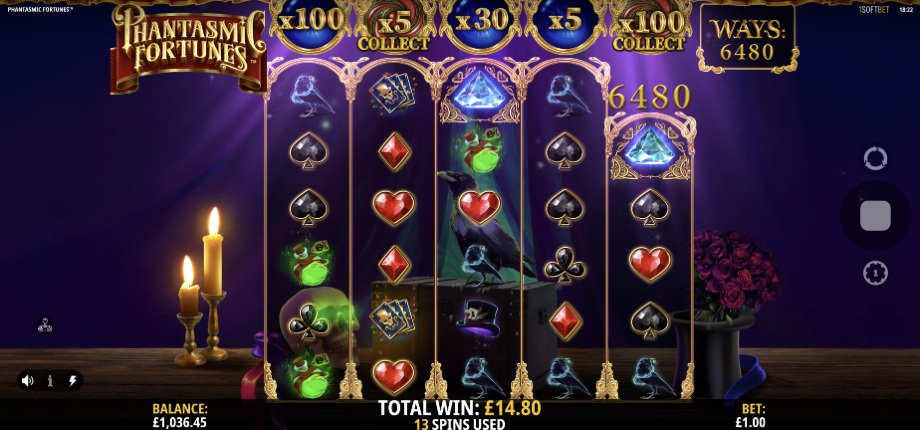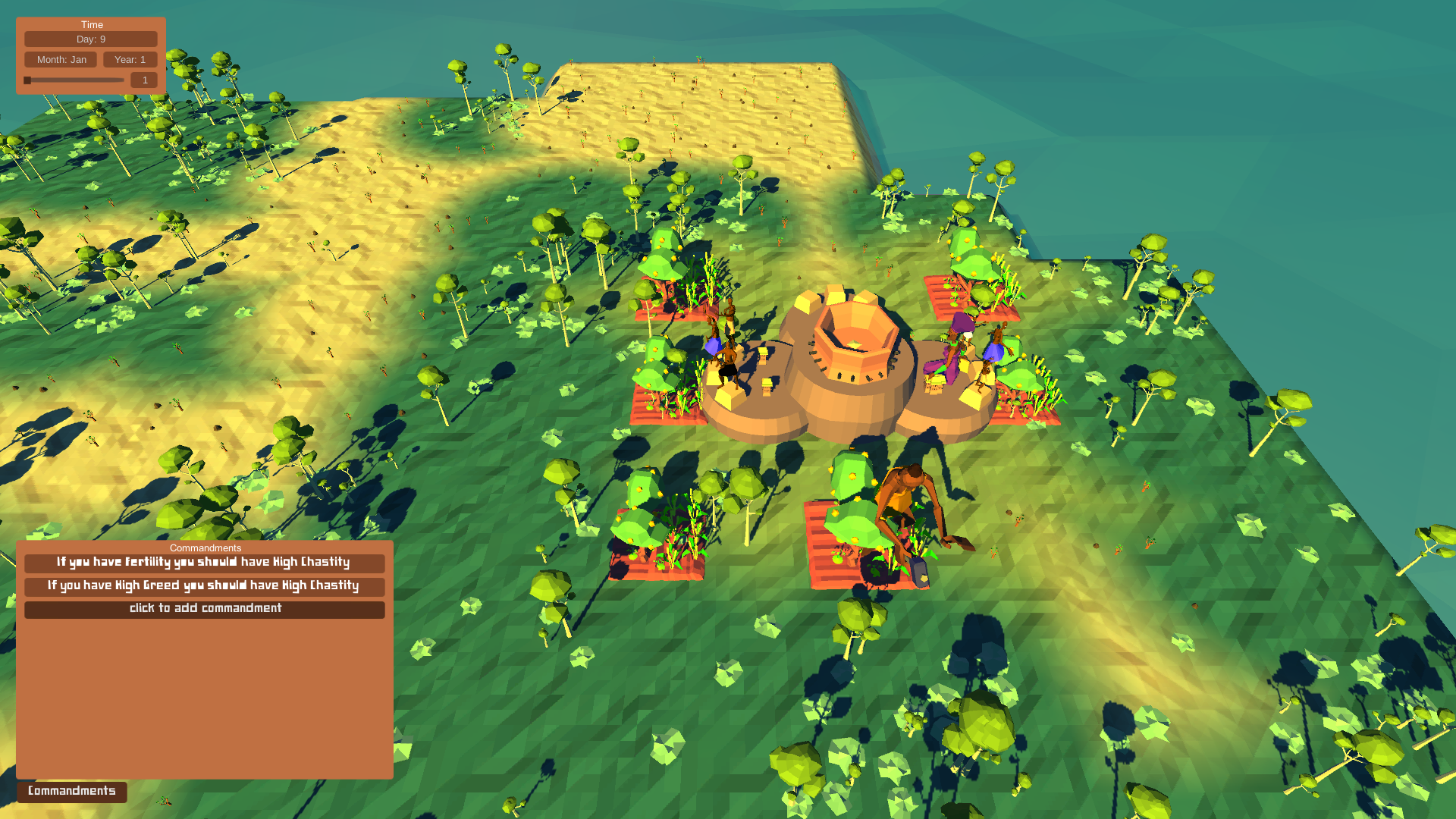

In our “modern” times, the winter diet of choice for cattle is generally hay. Instantly, I pictured our modern use of bundled cornstalks as Halloween decorations, and wondered if farmers also feed cornstalks to cattle. The people have been picking the leaves off this sort of crop, and setting them up between the rows in conical bunches, to be preserved as winter food for the cattle.” (Flint, Letters from America, pp.

The stalks are generally about eight feet high. On Septemwhile passing through Ohio, James Flint writes: “The Indian Corn is nearly ripe, and is a great crop this year. interior in 1818, the things he observed along the way, the people, the climate, the farming methods, the terrain. The book gives a first person account of the author’s walk from the East Coast to the U.S. I thought of this painting and its colorful glimpse of life in former days recently when reading Letters from America by James Flint. “ carefully included a woman discovering a red ear of corn, which, according to folk tradition, would allow her to kiss the person of her choice.” I had permission to snap this photo, without flash, and I also photographed the interpretive sign next to it, which has this cool detail. The picture offers great details of community farming life in the 19th century, and also a bit of folk history. Husking Bee, Island of Nantucket, 1876 by Eastman Johnson MacIver “Teacher of those arts in Edinburgh,” wherein I found a slew of 18th century Scottish recipes - for hare soup, for broiling pigeons whole, and yes, for a yeast shortbread cake that might even come close to the mark. At, I came across a recipe book - “ Cookery and Pastry” - written in 1783 by Mrs. The quest to learn more led me to a delightful find. What kind of Cake? Certainly, the author did not mean the elaborate tiered cakes standard at weddings of today. But the mention of a Cake made me wonder. Glorious, right? Gunshots and a riotous melee? The scene is exuberant and what one might expect of the Highlands. On the morning of the wedding, Mackintosh wrote, the celebrants leave for the church,īeing dressed, the Bridegroom first (preceded by a Bag pipe) having a young man on each side of him, next comes the bride with her two Maids, proceed for church when the ceremony is over, and the partys come out, pistols and guns are fired over their heads by their acquaintances who then join, and a Cake broke over the Brides head, when a great Struggle is made for a piece of it. It is my good fortune that Aeneas Mackintosh of Moy wrote an 18th century account of wedding traditions in the Strathdearn valley where my book is partially set.

So there’s no one right answer, other than, “it depends.” (The denser areas to the south and east indicate the Scottish Lowlands, more commercially connected with England to the south, and much earlier to shift to English as the predominant language.) The Highlands topography to the north and west is rife with deep glens, lakes, and snow-capped mountains, so when it comes to weddings, superstitions, and lore, the remoteness of populations led to a variety of customs. The designation of “Highlands” refers to the north and west on the map above, where the larger, spacious clan boundaries are found. A simple wedding scene, for instance, becomes complex on many levels.įirst, because the Scottish Highlands are not one cohesive culture. As I attempt to re-create what life was like in those times, the tiniest of details hang me up, sometimes for hours. I’ve been working for some time now on a deep dive into the 18th century world of these Highland Gaels in order to write a historical novel about their lives. Dad was descended of Gaelic-speaking Highland Scots who immigrated to Columbiana County, Ohio circa 1804. His surname stemmed back through his paternal line to Highland Scots, Patterson being a sept of Clan Chattan, which also encompassed Mackintoshes, McPhersons, Nobles, and others in our ancestry too. My dad hung it in our hall because of his Patterson ancestry. When I was growing up, this map hung at the end of our bedroom hallway (as a child, it scared me - it looked like a witch flying through the air on a broom, her cape flying out behind her). This “Scotland of Old” map is cropped from a photo I took when visiting the Pacific Northwest Highland Games at Enumclaw back in 2016. In researching my Highland Scots ancestors, I was excited to see this map again.


 0 kommentar(er)
0 kommentar(er)
